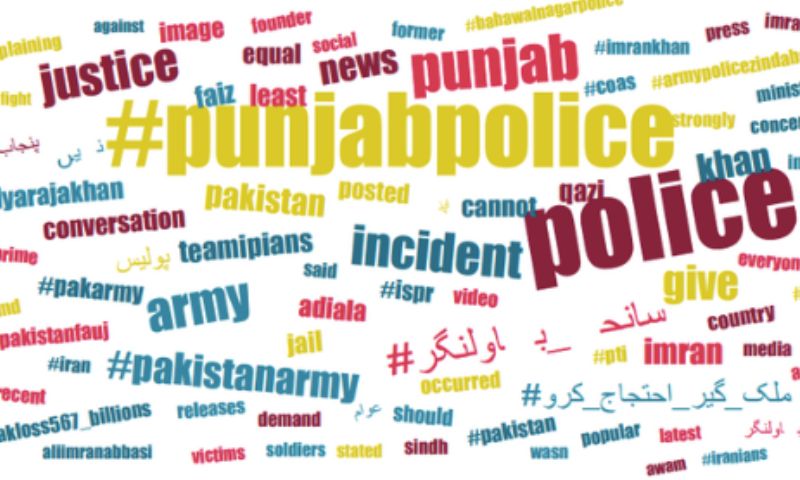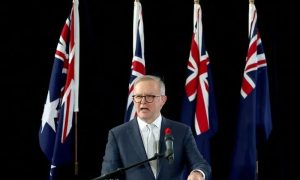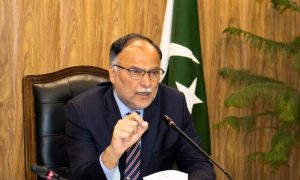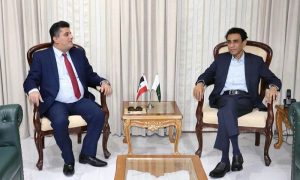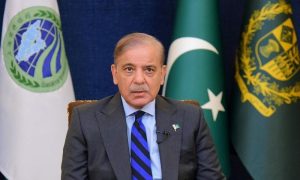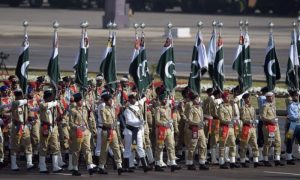LAHORE: Hashtags are a key feature on X that assists in forming conversations and spreading ideas, making them an influential instrument for shaping public opinion. However, malicious elements can also hijack hashtags to circulate disinformation and misinformation, sway public opinion, or participate in information warfare, leveraging the viral aspect of social media to boost their vested agenda and cause division and polarization within society.
The spread of skillfully crafted propaganda campaigns on social platforms can have major impacts on society, often causing widespread confusion, and distrust. When propaganda and misinformation are distributed on a large scale, they can completely distort reality, decline trust in organizations, and intensify tensions in society. The resulting disruption to social harmony can have far-reaching costs, damaging democratic society and even provoking violence. Therefore, it is necessary for users to critically evaluate the information they come across on social media, scrutinize the motives behind trending hashtags, and actively participate in efforts to fight fake news and misinformation to safeguard the integrity of public discussion and protect the society from division.
Bahawalnagar Incident
According to a report, Bahawalnagar incident was reported on 10 April 2024. The video of the alleged went viral on different social media platforms. The incident caused shock, with activists and politicians condemning the savagery. Following the development, the Punjab police released a statement that the incident was being misconstrued and distorted as a contention between the Punjab police and the country’s military personnel. The explanation underlined that the two establishments propelled a joint examination, and following surveying the realities, the matter was settled in a peaceful manner.
Inter-Services Public Relations Pakistan (ISPR) also issued a statement over the matter and stated, “An unfortunate incident occurred in Bahawalnagar recently, which was promptly addressed and resolved through collaborative efforts of military and police authorities. Despite this, certain factions with vested motives started fanning vitriolic propaganda on social media to create divisions between state institutions and government departments.”
Misinformation, Fake News and Bahawalnagar Incident
The hashtag from April 11, 2024, to April 17, 2024, shows a striking pattern, with around 60.8% of the tweets conveying negative sentiments while only 10.4% have positive over the development. Indian media have also exploited this incident to portray Pakistan and its institution in a very negative way. By spreading misinformation and fostering distrust and hostility, these Indian articles reinforce very negative stereotypes about Pakistan.
The Pakistan Tehreek-e-Insaf (PTI) supporters and the social media chief of the Punjab team have also emerged as significant contributors to the social media hashtag, predominantly posting negative posts that draw parallels between the Bahawalnagar incident and the events of May 9th.
A mainstream political party and Indian media have played major roles in exaggerating the Bahawalnagar incident, each with their agendas to tarnish Pakistan’s army reputation and create disorder at local and international levels. Indian media outlets have sensationalized the incidents to further their goal of portraying Pakistan in a negative way. By manipulating storylines and selectively highlighting certain aspects, both have attempted to escalate tensions and distrust within and outside Pakistan.
Understanding how a trend starts, shapes and spreads, a narrative is crucial in today’s digital world. Trends often starts as isolated incidents that gain momentum on different forms of social media. Various actors –organizations, individuals, political parties and even governments – also spread and promote trends to push an agenda. This involves strategically using keywords, hashtags, and messaging to reach more people and change public opinion. Promptly exposing such propaganda is crucial to stop the spread of disinformation and misinformation. Timely exposing not only safeguards the integrity of public discourse but also helps mitigate potential political, social, and security implications of misinformation and disinformation campaigns. It empowers citizens to make informed decisions and promotes transparency and accountability on social media, ultimately making society more resilient against deception and manipulation.









